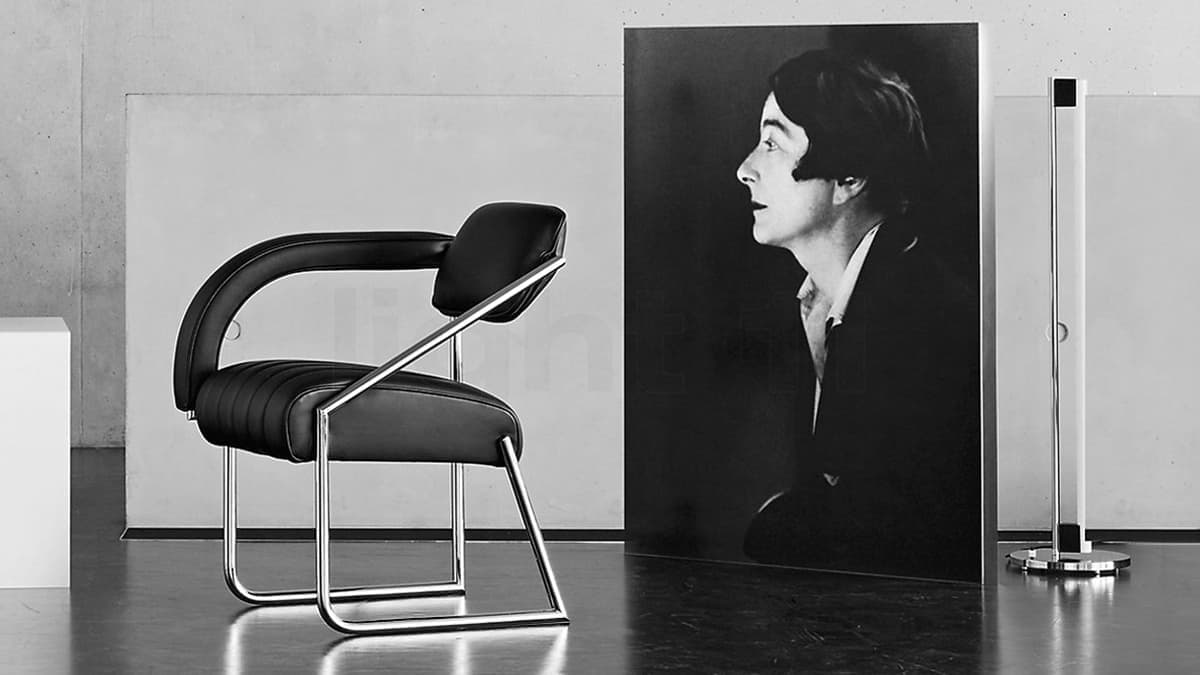
Design and Architecture of the 20th Century in Persons
from the cycle «History and Theory of Design»Program
Lesson 1: Introductory lecture
- Formation of modern ideas about design and architecture.
- The phenomenon of «greenhouse architecture.» Architects J. Paxton, V. Baltar, L. O. Buala, and G. Eiffel. New forms and materials. Architect A. Labrouste.
- Art Nouveau style. Characteristics of style. Art Nouveau movements: floral, rationalistic, national-romantic. Great Belgians. Victor Horta and Henri Van De Velde. New solutions for interior space. Layout from inside to outside. Design solutions. Hector Guimard. «The entrance to the metro as a new symbol of Paris.» «Parallel and symmetrical are what should be avoided in everything.» Association «Vienna Secession.» «Art for the times - art must be free.» Otto Wagner. Joseph Hoffman. Joseph Maria Olbrich. (Useless cannot be beautiful). Decorative solution for structural details.
Lesson 2: Charles Rennie Mackintosh and Antonio Gaudi. Edges of modernity
- Group of Four. Glasgow style. Searches on the verge of innovation and tradition. Asian reminiscences and purity of style. Architectural and design projects of the author. The relevance and modernity of his works today.
- The style and approach of the great Catalan.
- Iconic architectural, landscape, and interior works.
Lesson 3: Frank Lloyd Wright
- Master of deurbanism. Organic architecture is architecture for life. Periods in creativity. The originality of the author's artistic style. Synthesis of arts as a way of organizing space. The author's works in architecture and design. Artistic techniques.
Lesson 4: Bauhaus
- Walter Gropius. Marcel Breuer. Formation of functionalism as a style. «The unity of art and technology.» New combinations of materials in furniture and interior details. The «Vasily» chair is an example of avant-garde furniture.
Lesson 5: Ludwig Mies van der Rohe
- The «skin and bones» principle. Destroying the idea of a «box house» consisting of «box rooms.»The principle of a free plan. Architecture of glass and concrete. Formation of the idea of a «universal floor plan.» Architectural and design projects of the author.
Lesson 6: Le Corbusier
- Master of urbanism. Architecture and painting. Formation of purism. «Architecture as a skillful, precise, magnificent play of volumes in light.» Formation of the «five starting points of modern architecture.»Furniture design and the author's approach to the formation of living space. The creative path of an architect.
Lesson 7: Alvar Aalto
- Functionalism, humanized by the ideas of organic architecture. Development of the concept of humanity" in design. Reworking the national traditions of Finnish architecture. Widespread use of wood in design. Innovative ideas in the production of furniture from pressed plywood.
Lesson 8: Soviet avant-garde
- Constructivism. Association of modern architects. Vesnin brothers. M. Ginzburg, I. Golosov. Refusal of reminiscences in architecture. Correspondence of architecture to its social role, scientific and technological progress, and the «spirit of the times.» The forms of architecture followed from its design features.
- Rationalism. Association of New Architects. N. Ladovsky. K. Melnikov. L. Lisitsky. The basis of design work is the «psychoanalytic method» of finding a form. Attention to the emotional impact of architecture. Development of new types of public buildings.
Lesson 9: Louis Kahn and Eero Saarinen
- Neo-Brutalist architecture. The main principle and criterion of architecture is its truthfulness. Ethics takes precedence over aesthetics. The absence of any make-up of building materials and the identification of engineering equipment systems in the interiors. Disclosure of objective patterns in the formation of architecture, independent of market conditions and fashion.
- Sculptural architecture. Furniture and interiors.
Lesson 10: Postmodernism and high-tech
- Marking the exact day of death of modern architecture. Appeal to history and the absence of any stylistic taboos when quoting. The application of the principles and techniques of eclecticism, which had previously been recognized as anti-artistic. The works of Charles Moore. Place d'Italie in New Orleans as a monument to postmodernism.
- R. Rogers and R. Piano.
- Construction of the Arts Center named after J. Pompidou. High-tech architecture, aimed not at the use of historical forms, but at developments based on the latest scientific and technological achievements. Norman Foster. The use of various compositional techniques - from strictly logical to extravagant - while maintaining the principles of high-tech.